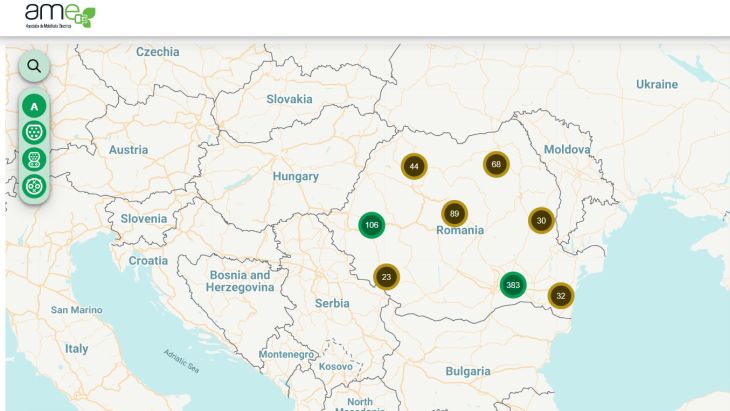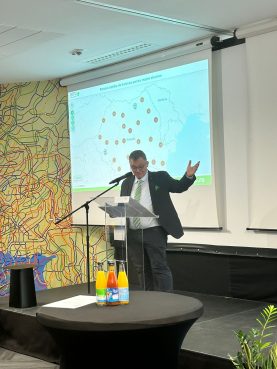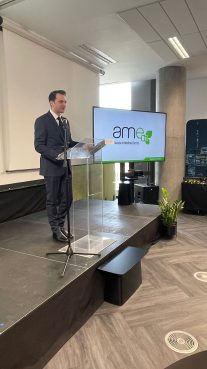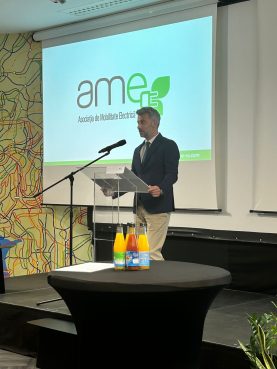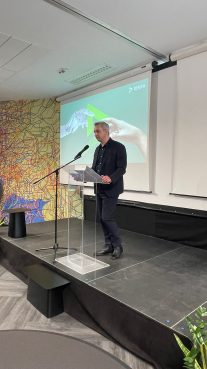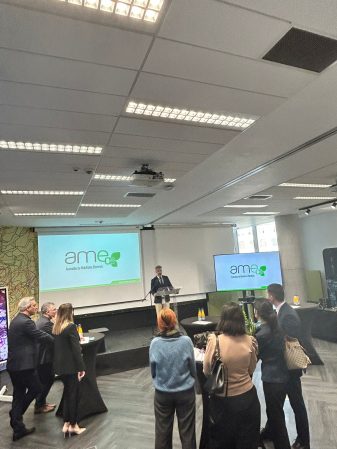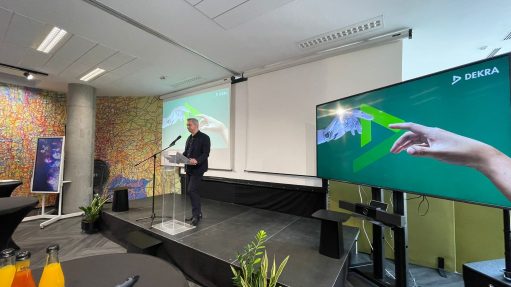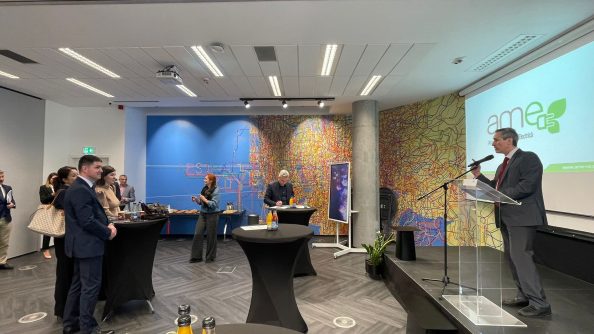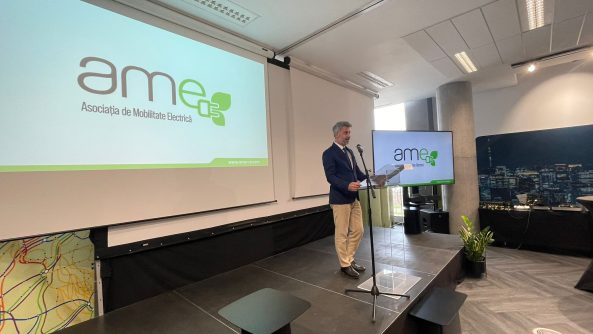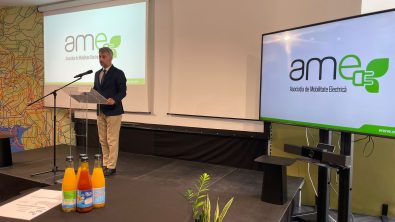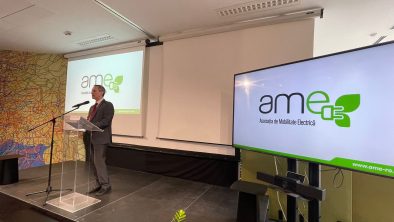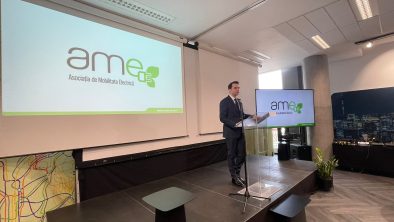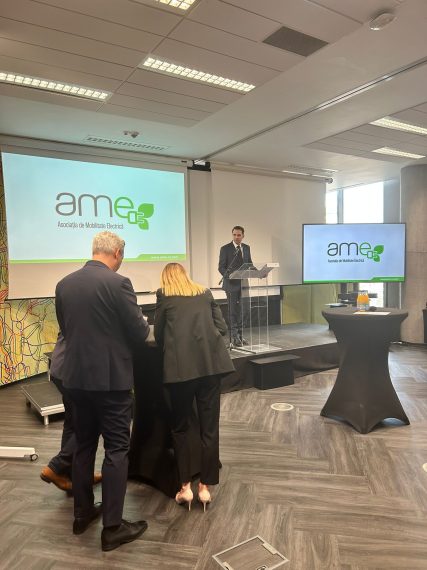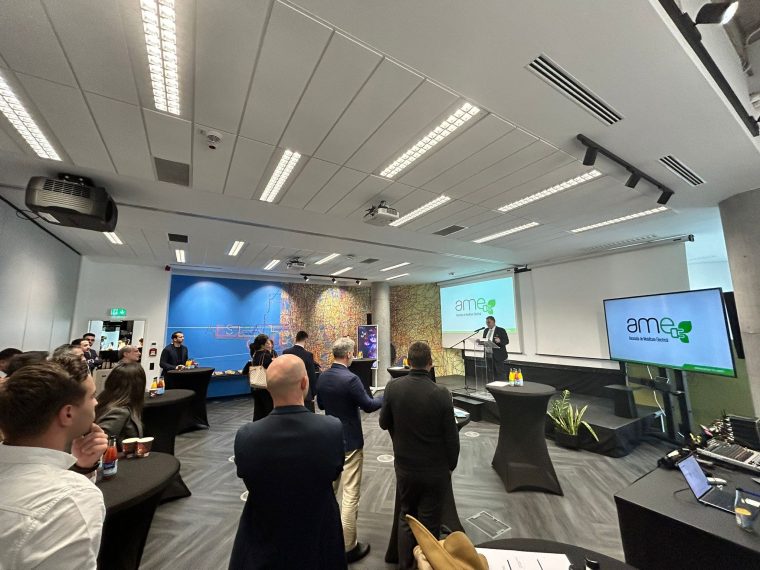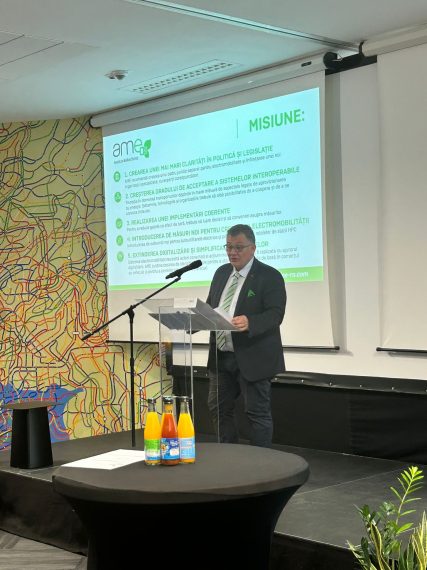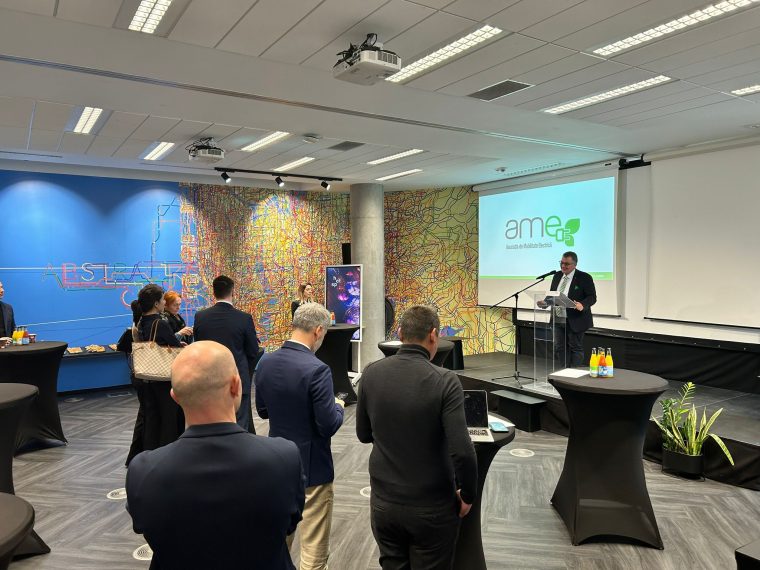The Electric Mobility Association‘s (“AME”) electric car charging station portal was launched about two weeks ago and included 526 stations at the time. Now, 775 stations can be counted, and the number may increase further with additional involvement of all station operators. The map available online is the first of several projects through which the Electric Mobility Association aims to facilitate the transition to sustainable electric mobility in Romania..
An online search identifies between 5 and 10 maps of charging stations in Romania on the first page of results. Two are from large operators – Renovatio e-charge (193 stations) and EnelX (67). Three other options also appear, platforms that integrate European charging solutions – Electromaps (1,526), Chargemap (667) and Placetoplug (974). A more serious search turns up useful information about the 40 stations built by Mol and E.On, as well as some apps familiar to electric car owners – PlugShare, ChargePoint, EVConnect, Polyfazer.
It is already clear that the charging infrastructure for electric cars has developed chaotically and there is a need for some form of organisation whereby the end-user has real-time visibility of where they can charge their car. “I would be happy if the market could organise itself,” said Energy Minister Sebastian Burduja on 11 March. If not, there is also the option, adopted by Portugal, the minister said, where the government has developed an official application with a single payment system in which all operators are required to register.
The initiative of the Electric Mobility Association aims precisely at a form of cooperation of the parties involved, through which the Portal of charging stations for electric cars in Romania becomes the reference point. It started with an online map, created by a team from Dekra Romania, where the administrator uploads data files received from operators, owners and/or administrators of charging stations. The next step involves the development of an administration area where each infrastructure operator can enter and update information in an easy and secure way, as well as a mobile application to be integrated with the European infrastructure. Ionuț Munteanu, CEO of Dekra Romania estimates costs of around 25,000 euros and a duration of several months for this step.
The first challenge is the coherent development of the 30,000 charging stations that Romania has committed itself to by the end of 2023, through the Long Term Strategy for the reduction of greenhouse gas emissions – Romania Neutral. It is estimated that there are currently around 2,000 charging stations. Around 2,900 high-power charging points (at least 50kW) are to be installed on the national road network, expressways and motorways. 13,200 high-power recharging points will be built in county municipalities (4,000), other municipalities (1,876), cities (1,600) and rural areas (5,724). For about 12,000 stations, the Strategy does not provide details on location or responsible entity. Several ministries are involved in infrastructure development with significant amounts of money available through the CEF – Connecting Europe Facility (Ministry of Transport), the National Recovery and Resilience Plan (Ministry of Development, Public Works and Administration), the ElectricUp programme (Ministry of Energy), the Modernisation Fund, AFM programmes or regional operational programmes.
In this context, Christian Macedonschi, President of the Electric Mobility Association, included among the AME’s objectives to increase the level of clarity in policies and legislation impacting on electric mobility. For proper implementation, “a separate legal framework for electromobility and the establishment of a new specialised organisation with appropriate experts” is needed.
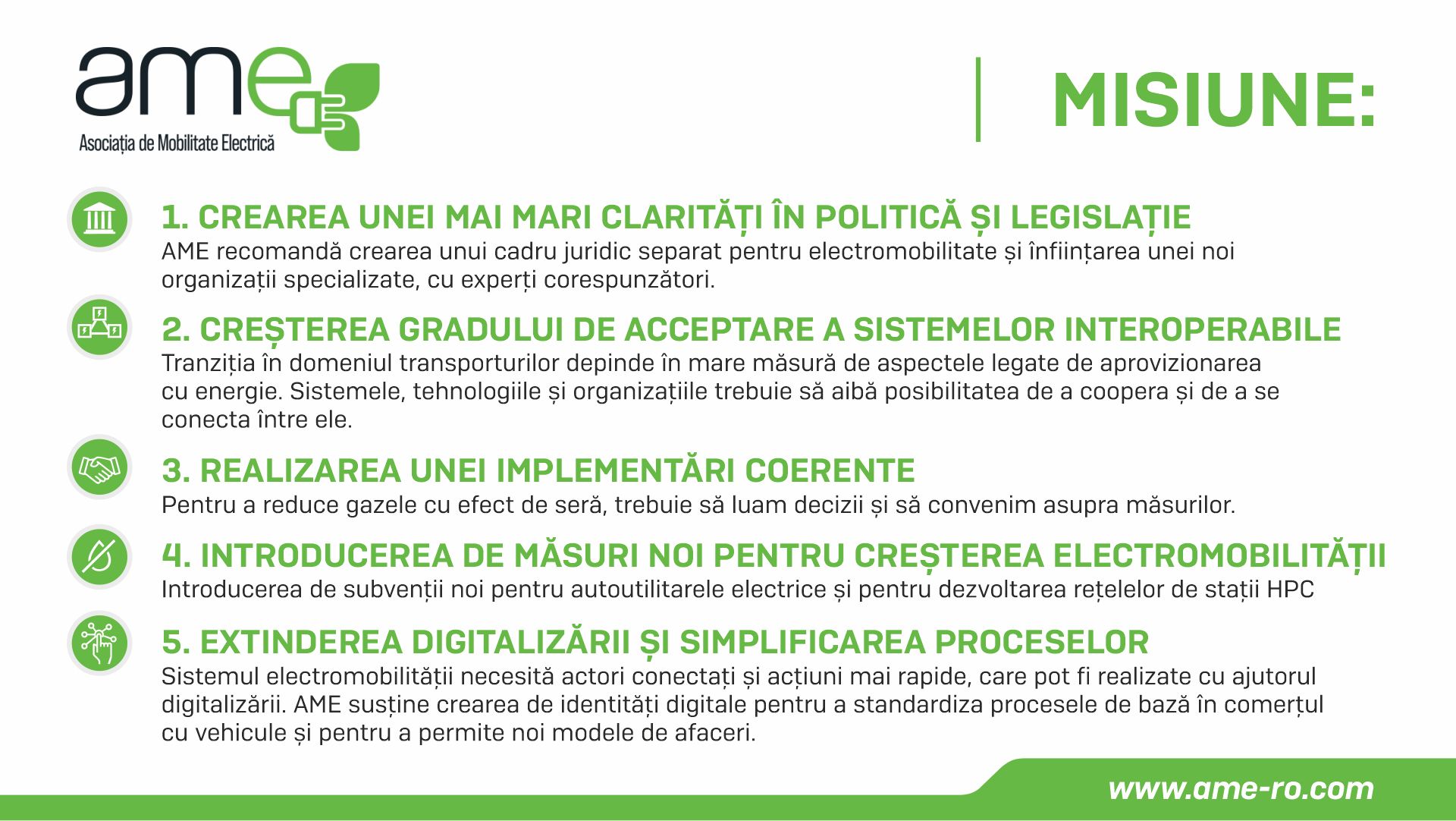
At the same time, “the transport transition depends to a large extent on energy supply issues,” says the AME. There is a need to “increase the acceptance of interoperable systems”, “systems, technologies and organisations must be able to cooperate and connect with each other”. Christian Macedonschi supports the idea of introducing new subsidies for electric vans and the development of high-power station networks.
Governments can create an enabling environment for increased use of electric vans and high-power charging infrastructure, thereby helping to reduce greenhouse gas emissions and protect the environment. Governments can offer subsidies or tax rebates to individuals and companies that purchase electric vans. These subsidies can be given in the form of partial or full refunds of purchase or registration taxes. This reduces the initial cost of electric vehicles, making them more affordable for consumers. Governments can also offer subsidies or grants to companies that develop and install high-power fast-charging stations. Finally, governments can facilitate the development of charging infrastructure through legislative levers and favourable regulation; this is an issue where the direct involvement of electricity transmission and distribution network operators and the regulator is needed. The new regulatory period starting in 2025 should include ways to encourage grid investment not only to increase the injection of renewable energy but also to increase consumption capacity at charging stations. For trucks, for example, the power requirement in a station can reach 3-4 MW.
From 3 June 2023, Law 155 on sustainable urban mobility is in force. Inter-ministerial discussions are already taking place at government level to shape a national policy framework for electric mobility, based on Law 155, as well as on European regulations, in particular Regulation 1804 of 2023 on the installation of infrastructure for alternative fuels, which enters into force on 14 April. “It is essential to set up an inter-ministerial working group involving experts from the AME to discuss crucial issues in the electric mobility sector,” Christian Macedonschi stressed.
Extending digitalization and simplifying processes is another direction of action taken by the Electric Mobility Association, as “the electromobility system requires connected actors and faster actions”. The AME supports the creation of digital identities to standardise basic processes in this field. One concrete issue that needs to be resolved quickly is the elimination of the obligation to issue a physical receipt when charging an electric vehicle. A legislative proposal to this effect has been in Parliament since last autumn.
The Electric Mobility Association organised a meeting on the development of the national electromobility strategy, attended by experts in the field, as well as representatives of the Ministry of Energy and the Ministry of Transport. Mihai Frumosu, an expert at the European Investment Bank, also made a substantial intervention and spoke not only about financing opportunities for operators of e-charging networks through Connecting Europe Facility programmes, but also about the bank’s role in financing the NRRP or supporting private companies in the transition to a decarbonised economy. One example is the Autonom Services mobility network, which has received 15 million euros in funding from the European Investment Bank to expand its fleet of electric and hybrid cars.
Christian Macedonschi said that he is going to have a meeting with representatives of the Ministry of Finance and ANAF to discuss tax regulations on anonymous payment by card directly at stations.
